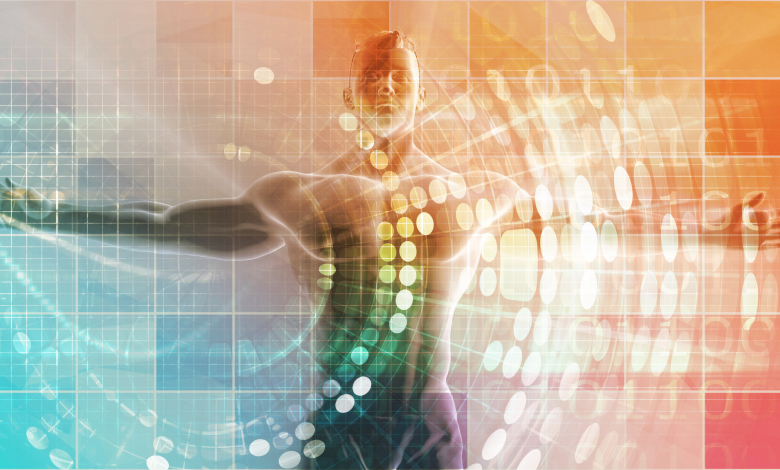How Biometric Wearable Helped People During COVID-19

The integration of biometrics in wearable has given rise to a new trend among the population. Now people don’t have to go for checkups for minor tests. Biometric wearable devices can do it all for them just in seconds.
The term “biometrics” comes from the Greek words “bio” and “metrics.” Bio means life, whereas metrics indicate measurement. Biometric wearables have become a new forefront of healthcare, allowing patients to track their health any time in a day. Apart from monitoring health conditions, it enables patients to monitor their stress level 24-hour.
COVID-19: A role for biometric wearables
The sudden onset of the COVID-19 created huge chaos worldwide. While people were struggling to save their lives, hospitals and other centers faced difficulties too. Healthcare centers ran out of bed and other facilities. The potential of biometric wearables became apparent during the COVID-19 epidemic.
Wearable technologies, such as activity trackers and smartwatches, provide valuable information about our health and well-being. Heart rate, daily steps calculation, and sleep time are the few factors that can detect pre-symptomatic cases of COVID-19. The use of biometric wearables surged in the wake of pandemics. A variety of companies have come up with reliable solutions to identify COVID-19 symptoms. Government organizations have also supported the use of biometric wearables by granting permission to various companies.
Engineers at MIT and Harvard University changed the entire outlook of biometric wearables with their face mask technology. The innovative novel face mask can detect the presence of Covid-19 infection within about 90 minutes. The mask contains small, disposable sensors that may be inserted into other face masks and customized to detect additional viruses.
The US Food and Drug Administration (FDA) has given Tiger Tech’s COVID screening device. It is an armband that captures biometric data to check for abnormalities. Even in asymptomatic persons, the wearable Tiger Tech COVID Plus Monitor analyses hundreds of biomarkers to discover patterns linked to COVID-19.
SmartCone Technologies also planned the introduction of efficient biometric solutions for web processes. The launch of the Symp2pass solution can help users identify the COVID-19 systems and map the safe places for risk-free travel.
WHOOP bracelets emerged as another prominent device to measure heart rate and other health conditions. The device can store a variety of biometric data. This contains the blood oxygen levels, respiratory rate, resting heart rate, heart rate variability, and skin temperature. Overall, the data may outline the overall picture of health conditions.
Biometric wearables became another reason for boosting the contactless era during the COVID-19 pandemic. In addition to providing doctors with a better understanding of the digestive, muscular, endocrine, nervous, and respiratory systems. This tool also gave patients a better understanding of the cardiovascular, immune, and nervous systems. It helped monitor blood pressure and heart rate, which are primarily essential to detect COVID-19 symptoms. Biometrics wearables provide valuable insights into patients that help doctors diagnose and treat patients in the most accurate way. The evolution of biometrics wearables is expected to expand in the coming years as companies are focused on developing more innovative solutions. According to Astute Analytics, the global biometric wearable market would grow at a compound annual growth rate (CAGR) of 25.5% during the forecast period from 2021-2027.
Read about New Worldwide Trends: Waste Management






